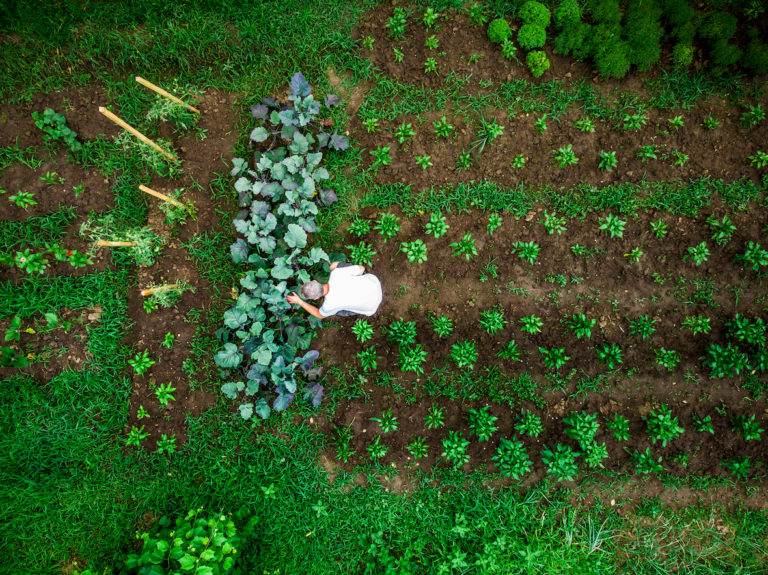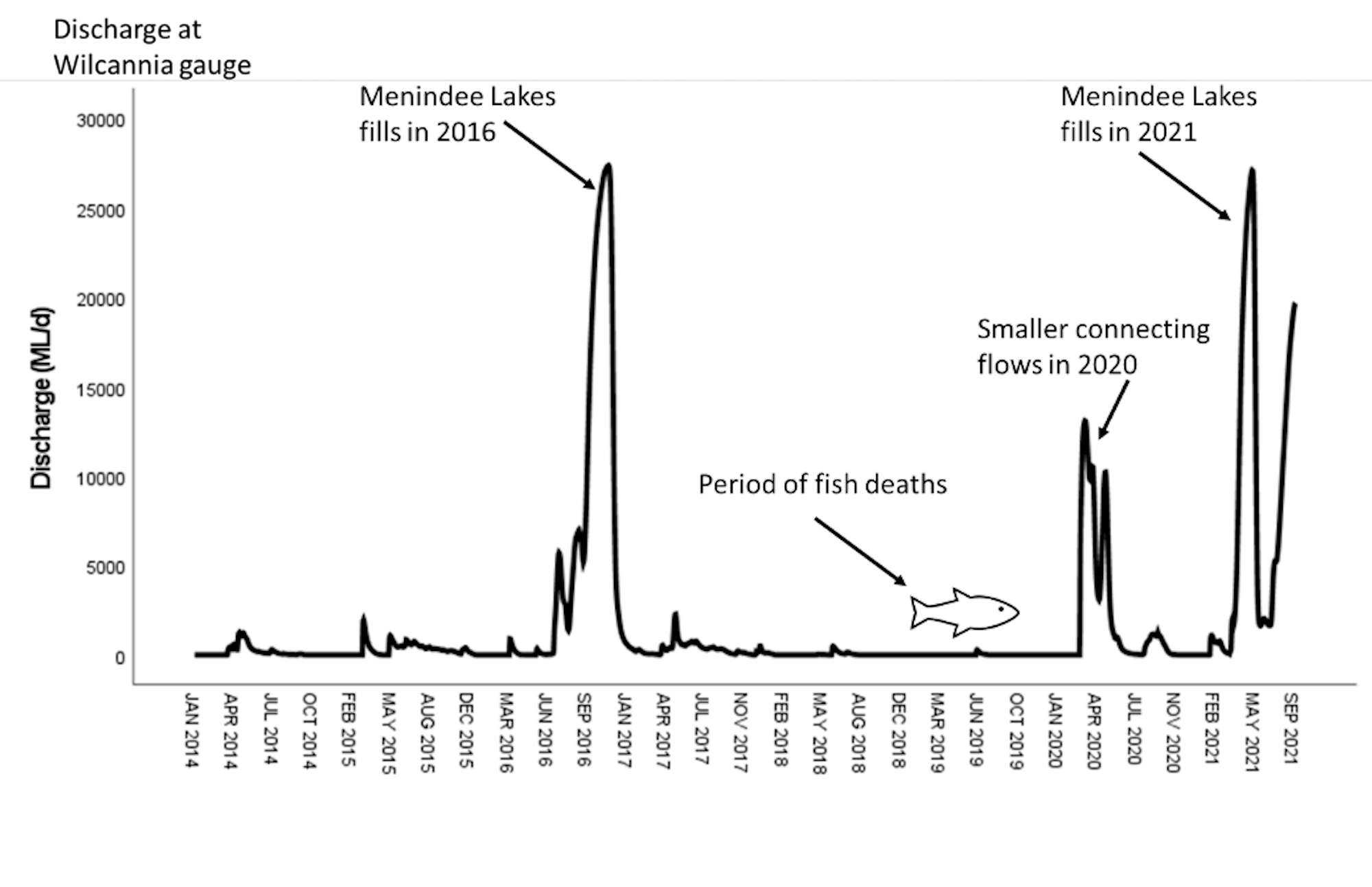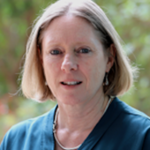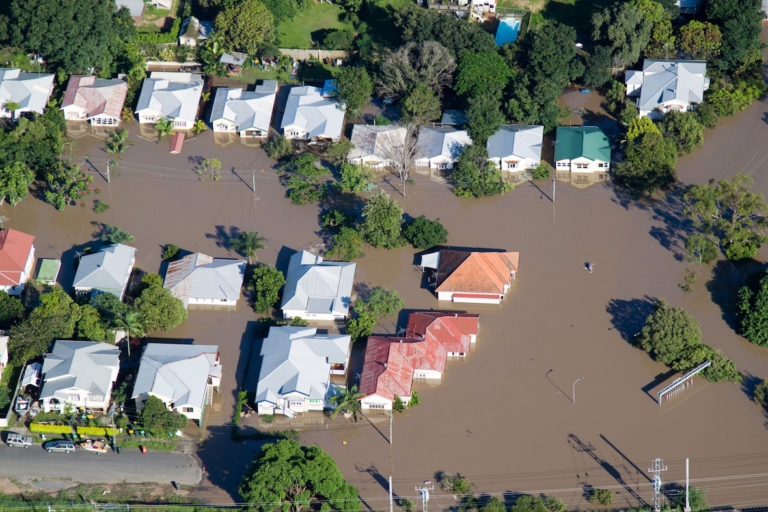
3 changes you can make to help tackle climate change
The dire report by the Intergovernmental Panel on Climate Change may have left you feeling overwhelmed, or unsure what to do next. We often hear about ways everyday people can tackle climate change, but which acts will make the biggest difference?



 Dr Fran Sheldon is Professor and Dean (Learning and Teaching) in the Griffith Sciences group at Griffith University and a Research Member in the Australian Rivers Institute. Her research explores the relationships between hydrology, physical geomorphology and ecology in river systems, particularly large dryland rivers such as those of the Murray-Darling Basin and the Lake Eyre Basin.
Dr Fran Sheldon is Professor and Dean (Learning and Teaching) in the Griffith Sciences group at Griffith University and a Research Member in the Australian Rivers Institute. Her research explores the relationships between hydrology, physical geomorphology and ecology in river systems, particularly large dryland rivers such as those of the Murray-Darling Basin and the Lake Eyre Basin.
